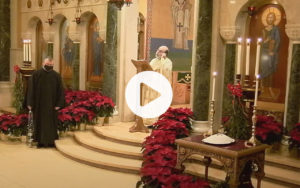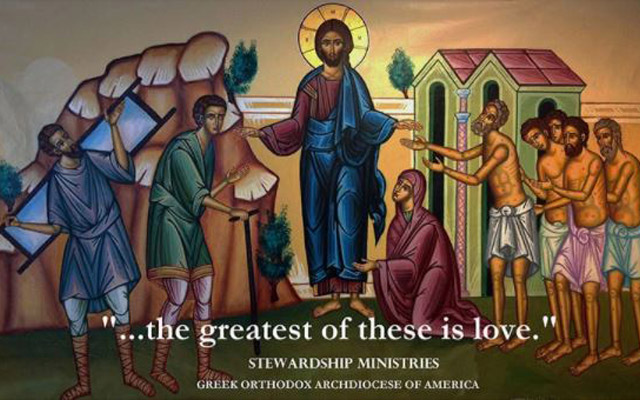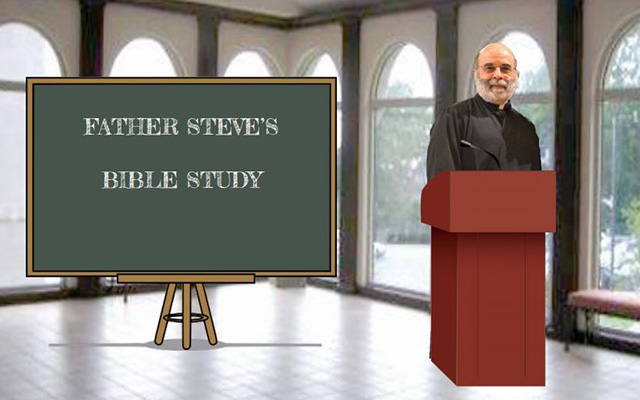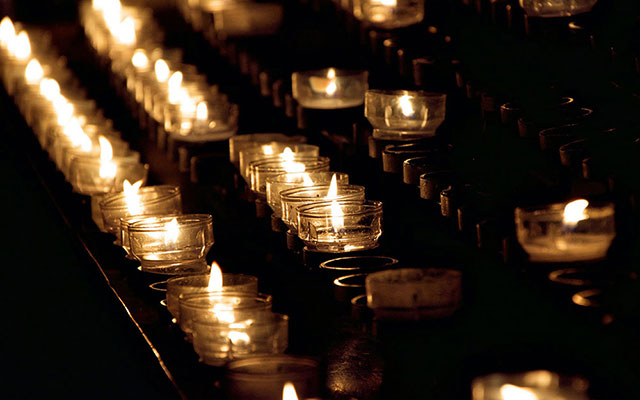Lazarus Saturday
~By Father Stephen Freeman, April 16, 2022 Largely ignored by much of Christendom, the Orthodox mark the day before Palm Sunday as “Lazarus Saturday” in something of a prequel to the following weekend’s Pascha. It is, indeed a little Pascha just before the greater one. And this, of course, was arranged by Christ Himself, who raised His friend Lazarus from the dead as something of a last action before entering Jerusalem and beginning His slow






